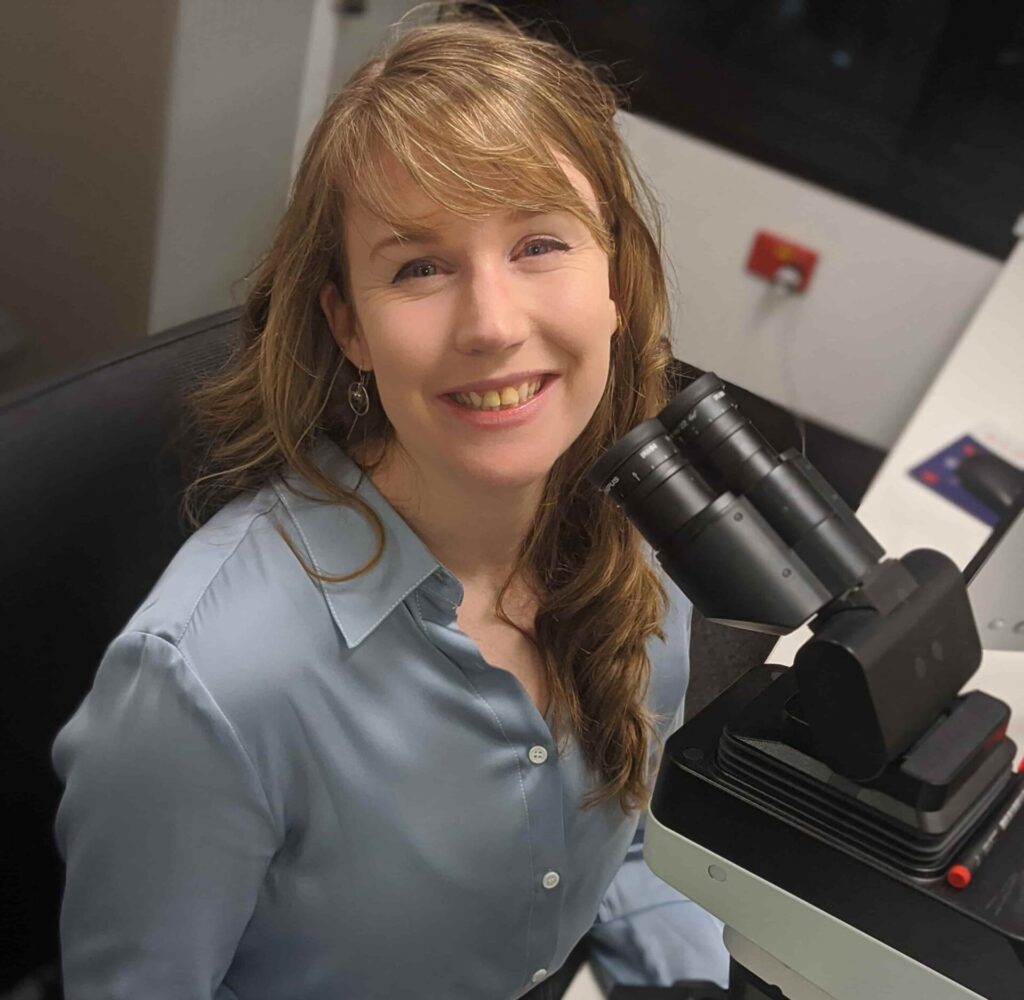Leukaemia Foundation throws its support behind the Australian Cancer Plan on behalf of Australians living with blood cancer


To save more lives from AML, we urgently need to look past standard chemotherapy toward new, more effective approaches to treatment. Supported by Tour de Cure, one of our inaugural Breakthrough Fellowship recipients, Dr Ashwin Unnikrishnan, is doing just that.
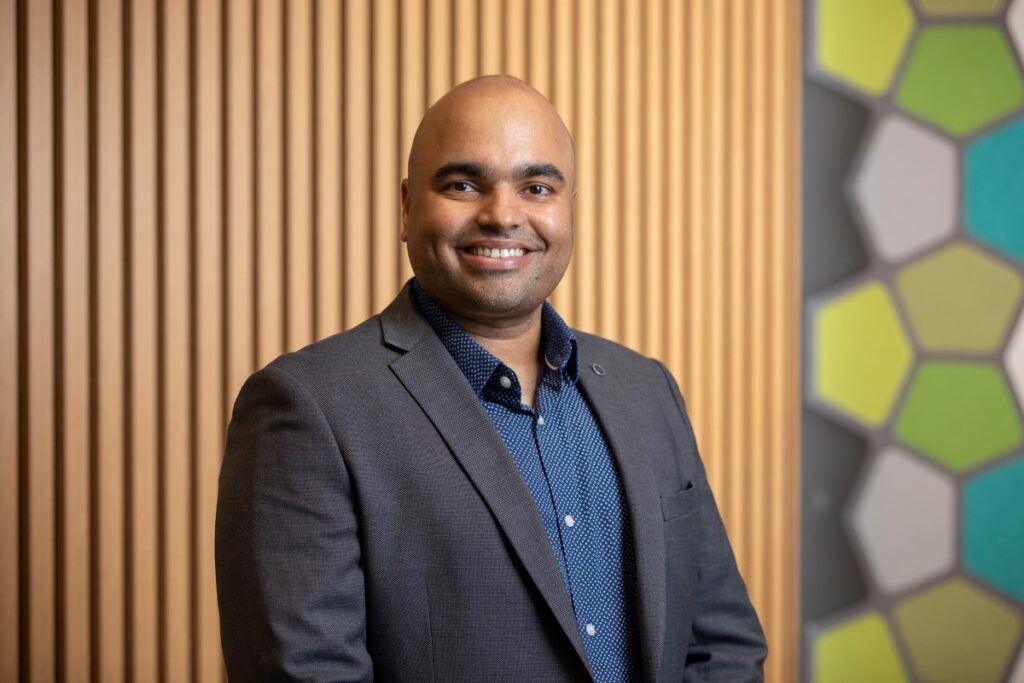
Acute lymphoblastic leukaemia (ALL) is a type of blood cancer, which sees the body produce dangerous numbers of immature white blood cells. Supported by Tour de Cure, one of our inaugural Breakthrough Fellowship recipients, Dr Ashley Ng, is leading advanced research to improve our understanding of treatment-resistant ALL and develop new ways of beating it.
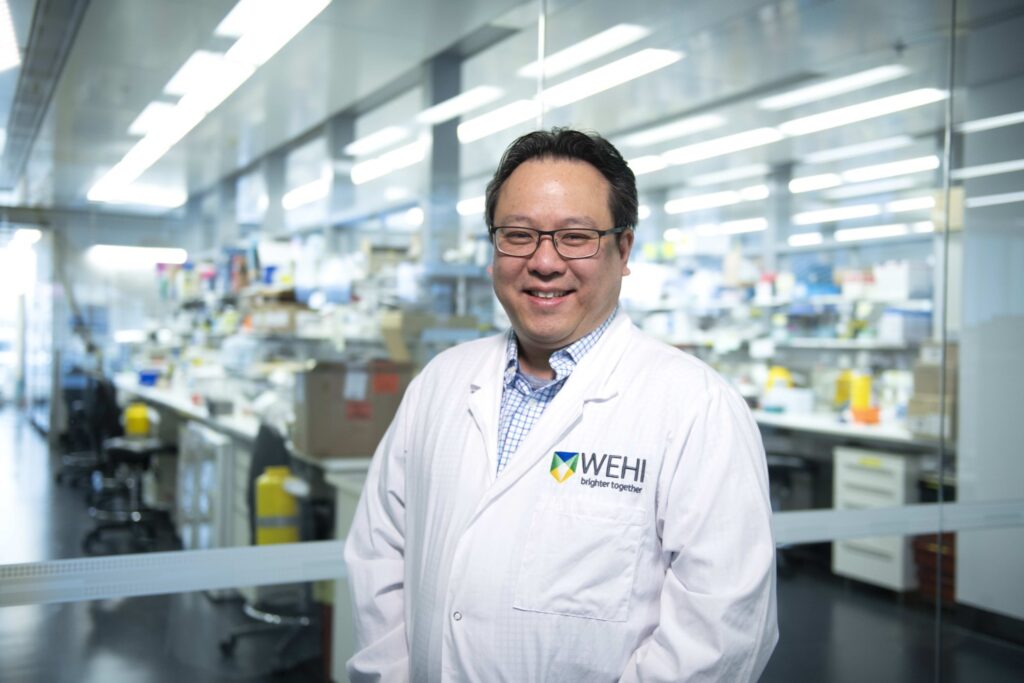
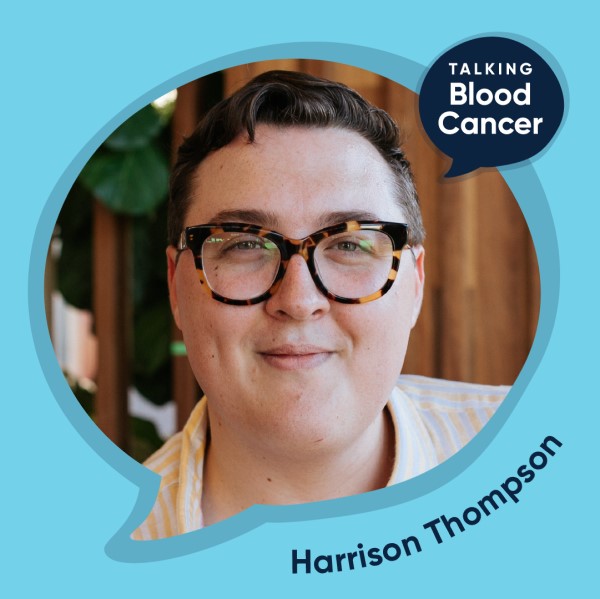
>In January 2020, Giles and wife Jacqui welcomed their baby daughter into the world. But just days later, Giles was hit with a shock blood cancer diagnosis that turned everything on its head.
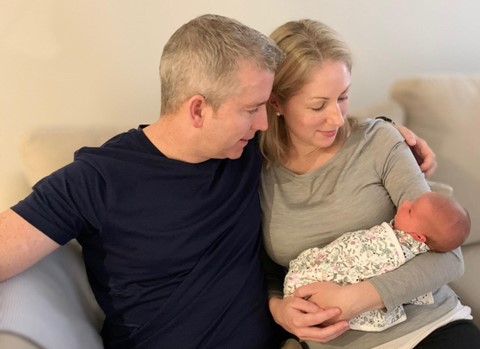
Sophie was diagnosed with AML in 2019, aged 29. She had a stem cell transplant later the same year from an unrelated donor and has been in remission ever since. After leaning on her yoga and mindfulness practice heavily through her recovery, Sophie underwent her yoga teacher training and teaches in Adelaide. In this article the Leukaemia Foundation asked Sophie some questions about her experience with complementary therapies.
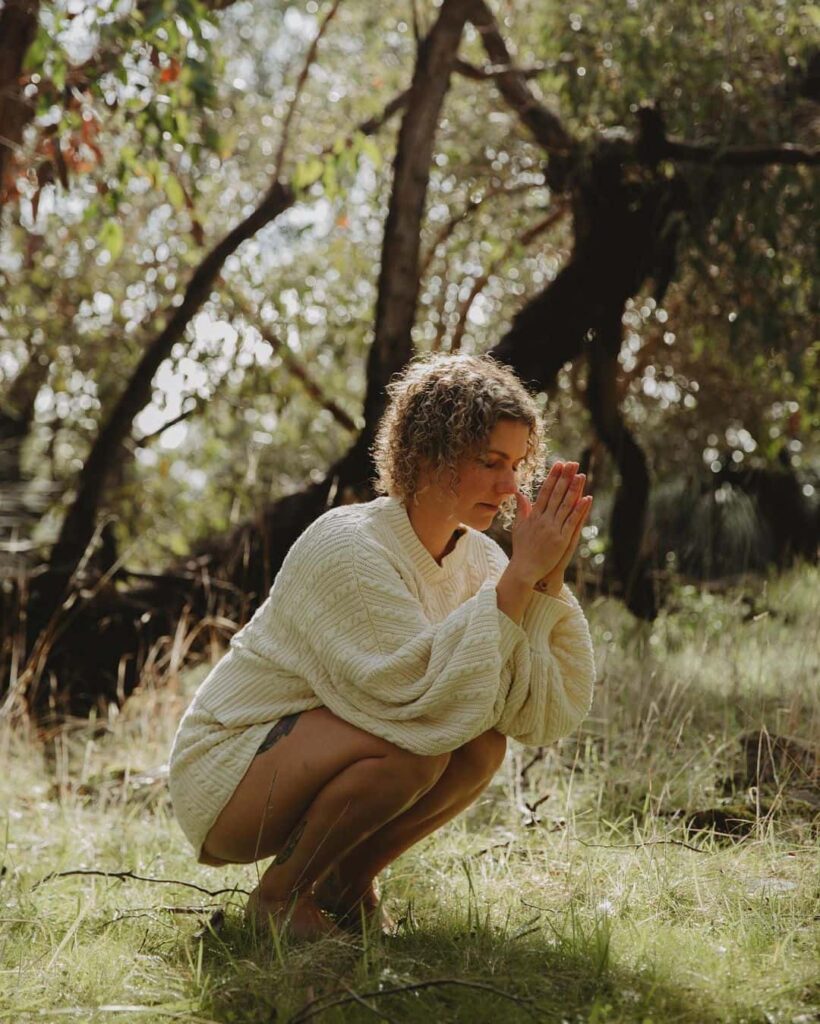
David Joske is a Clinical Haematologist at Sir Charles Gairdner Hospital in Perth Western Australia. He was Head of Department 1994 - 2012 and a Medical Co-Director 2017-2021. In this story David Joske talks to the Leukaemia Foundation about Complementary therapies.
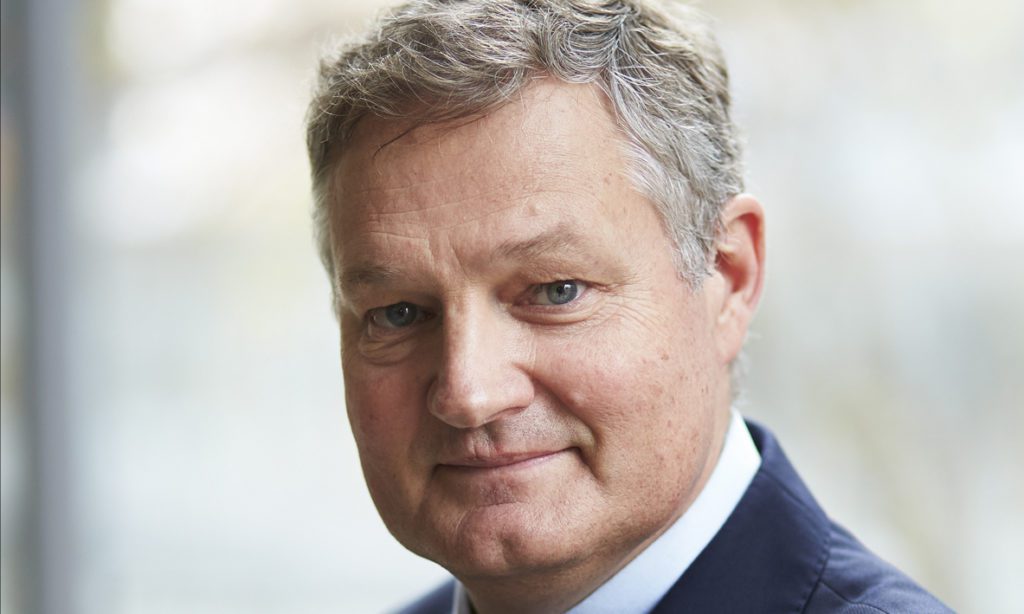
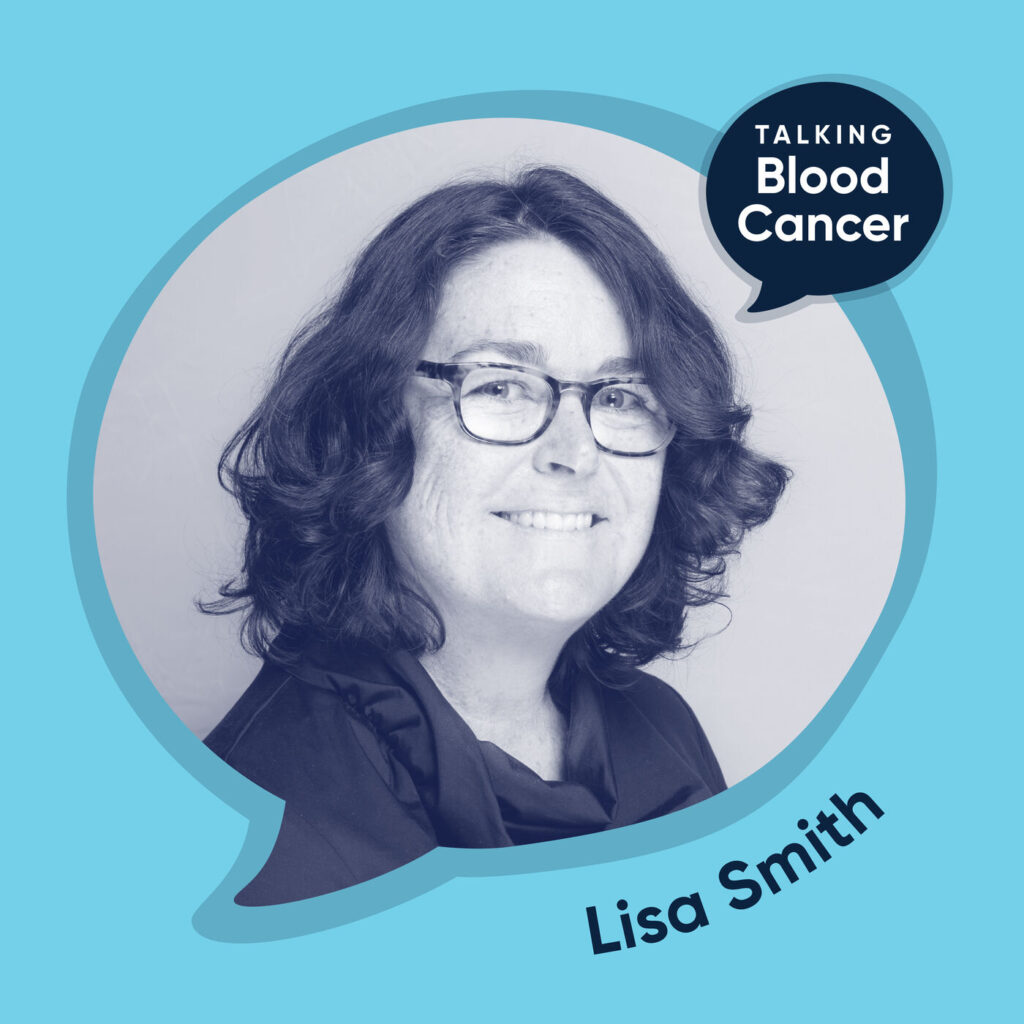
Access to clinical trials of novel treatments, including immune checkpoint inhibitors and CAR T-cell therapy, could be a game changer for these patients, according to Dr Colm Keane. He is a clinical haematologist at the Princess Alexandra Hospital in Brisbane and a brain lymphoma researcher at the University of Queensland's Frazer Institute.
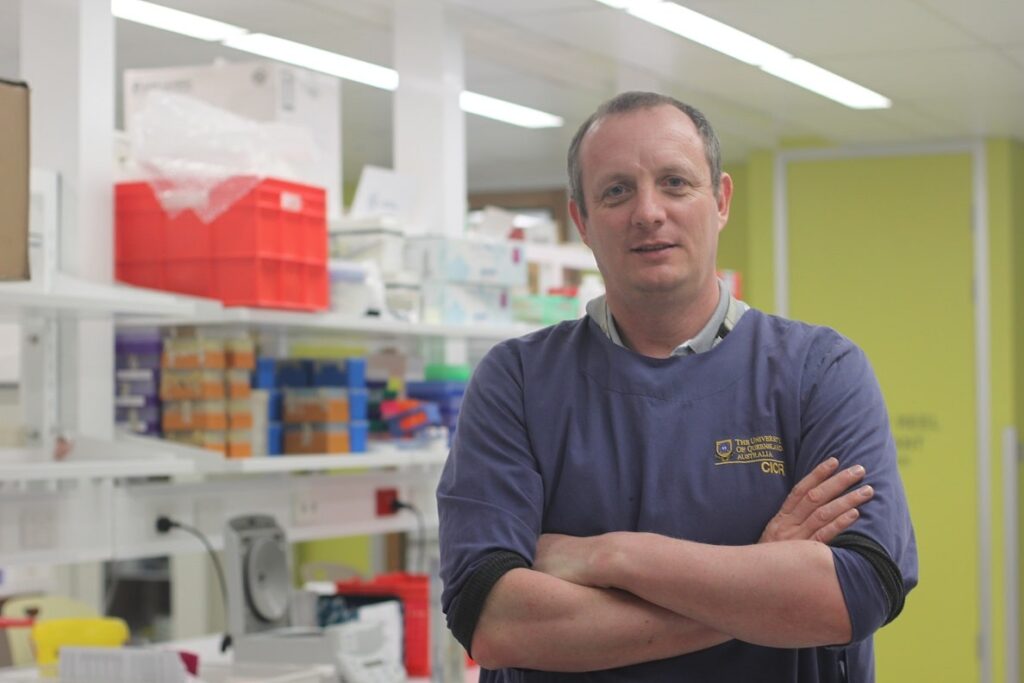
Haematologist, Dr Jessica Elliott’s interest is researching T-cell mediated skin disorders, in particular, two clinically similar but biologically divergent conditions – cutaneous T-cell lymphomas (CTCL) (a subtype of skin lymphoma) and cutaneous graft-versus-host disease (GVHD).
